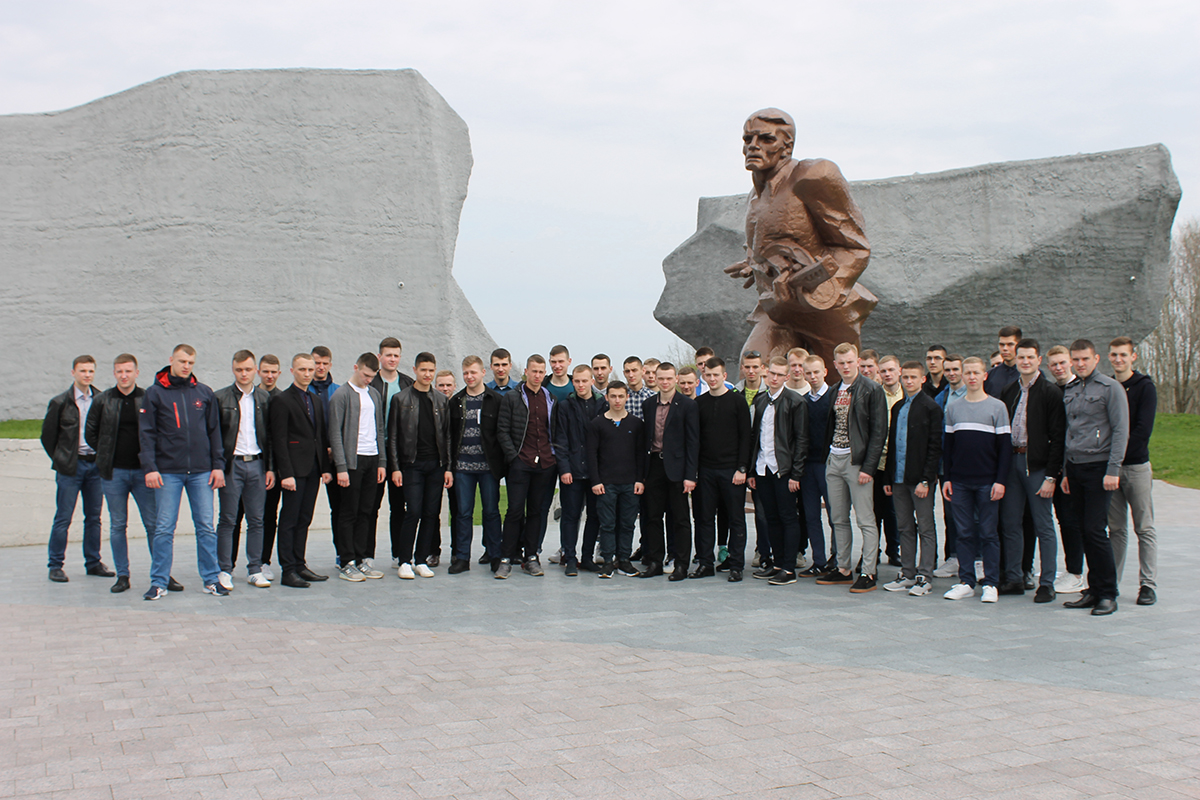The memorial complex "Breakthrough" keeps the memory of the Great Patriotic War. Here, surrounded by fascists, fierce battles were fought.
The ensemble of the memorial complex is built in such a way that visitors pass along the path of breakthrough of the defenders. The historical atmosphere of this road was imbued with cadets of the police department. They devoted an excursion to the memorial to the Victory Day. Guests from the Academy of the Ministry of Internal Affairs visited a mass grave in which partisans, soldiers of the Soviet army and civilians were buried - the breakthrough took many lives. In the partisan village cadets became acquainted with the life of the partisans. Impressed the guys an exposition of military equipment.
- Being here, you feel proud for the heroism of our people and boundless gratitude to all those who defended the Fatherland. The memorial complex allows each visitor to feel the atmosphere of that time. It is interesting to see and touch things related to the war, the partisan movement, - shared the impressions of cadet 2 "A" course Maxim Lokis.
For reference
The Polotsk-Lepel Partisan Zone is one of the largest partisan zones in the Republic of Belarus. Ushachsky territory covered a territory of more than 3000 square kilometers, where there were 1220 settlements, there were about 80,000 civilians.
The Nazis in December 1943-February-February 1944 undertook 5 fruitless attempts to clear the Polotsk-Lepel zone from the partisans. Two punitive operations were developed - "Spring Festival" and "Frozen Rain". Against the 17,000 partisans, more than 60,000 punishers were drawn to the borders of the partisan zone. April 11, 1944 began one of the most significant in the history of the Great Patriotic War punitive operation. For 25 days there were heavy unequal battles. On the night of 4 to 5 May, the partisans carried out the legendary breakthrough of the ring of fire, withdrew from the encirclement and withdrew 15,000 civilians.
Dmitry Peterburtsev, Daniil Goreva
on materials of a site of Ushachsky regional executive committee.
Photo by Daniil Gorevoy


